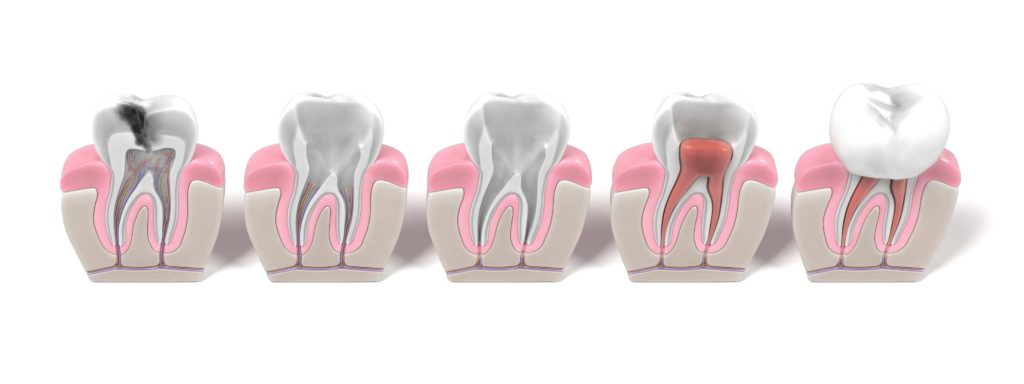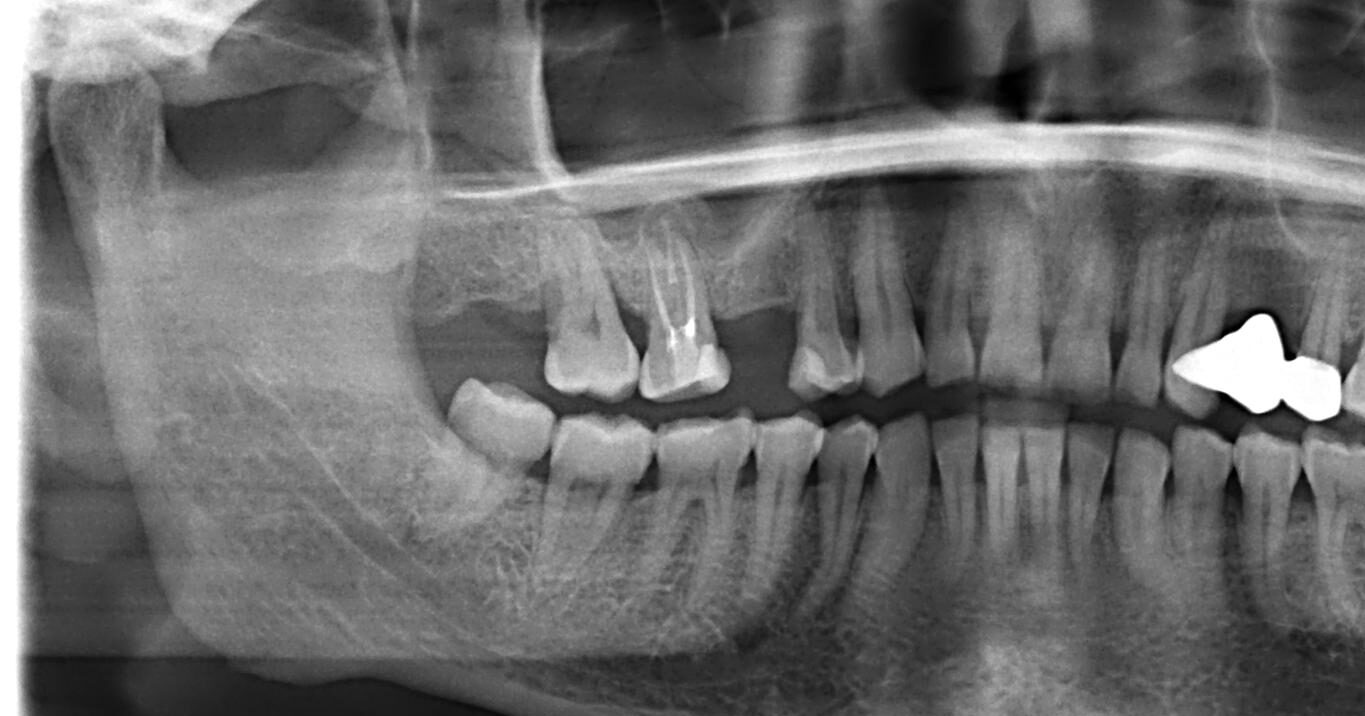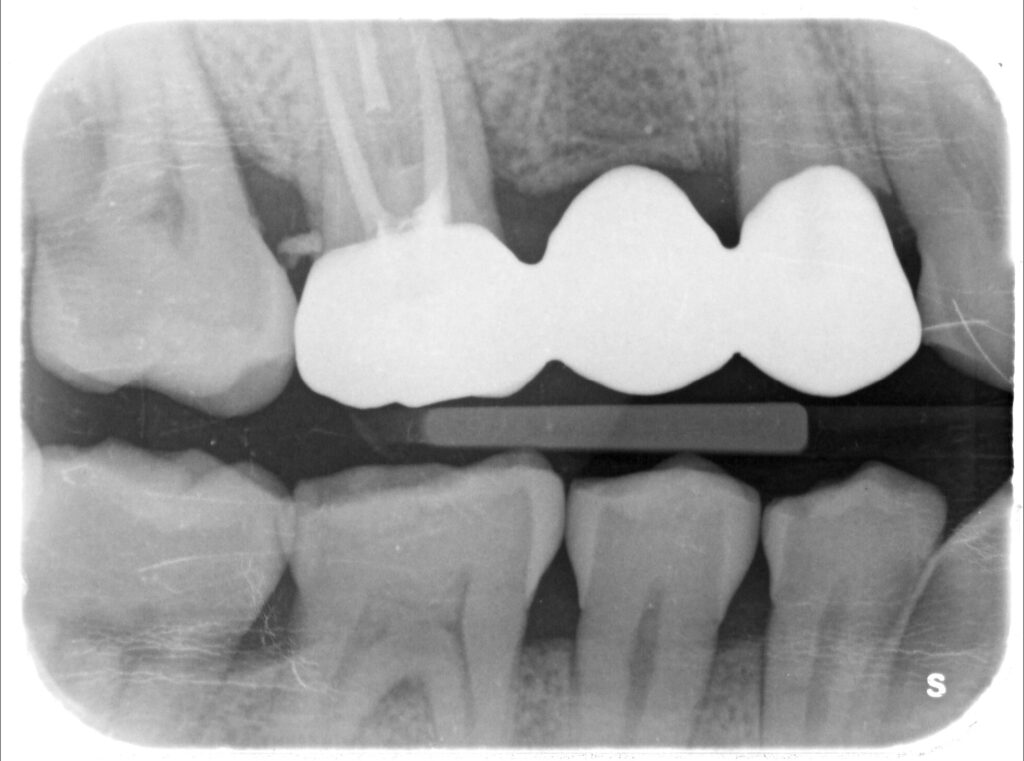Root canal treatments are performed as a result of excessive decay or trauma to the tooth. Some symptoms that may indicate the need for a root canal treatment include hot and cold sensitivity, toothache when biting or chewing, darkening of the tooth and discomfort or swelling of the gums. However, it is important to get an assessment from our dentist to determine if a root canal treatment is required.

- The first stage of your root canal treatment involves an extirpation of the tooth. This consists of removing the infected nerves from the pulp chamber of your tooth with small files. The next step involves placing medicine inside each root canal, and covering the tooth with a temporary filling. This helps to control the infection and drastically minimise the pain coming from the infected tooth.
- Stage two of your root canal treatment will consist of a debridement of the canals. This involves your dentist removing your temporary filling and thoroughly cleaning the canals with special medicaments. After this, more medicine is applied to the tooth. This appointment usually occurs 1 -2 weeks after the first stage of your root canal treatment and helps ensure the bacteria is controlled and your tooth is pain-free.
- The third and final stage of your root canal treatment is called obturation. This is performed after ensuring the tooth is free of pain and infection. This stage consists of doing a final clean of the canals and then filling them with special gutta percha material. Afterwards, the canals are then sealed in order to complete the root canal treatment. After this, the last step is to restore the outer surface of your tooth with a filling. Your dentist is most likely to recommend placing a crown over the tooth that has been root canal treated, as the strength of the tooth will have been compromised.


The image on the left is a close-up of an OPG x-ray showing our patient’s tooth after root canal treatment. Similarly, the image on the right is of the same tooth, however with a crown placed over the tooth, connecting it to another tooth with a bridging tooth in the middle.
Want to know more? Contact Us to get your questions answered!
